From the September Issue of ‘Art History’
Caroline van Eck, “Alfred Gell’s Art and Agency: Living Presence Response and the Sublime,” Art History 33 (September 2010): 642-59.
 Abstract: At issue in the reception of Alfred Gell’s Art and Agency is the relation between this ahistorical account of art works as agents operating in social networks and the historical study of art. In this article the merits are considered of applying a Gellian analysis to one, very widespread, case of art acting on the viewer: living presence response, in which viewers react to art works as if they are living beings. The first section of the article argues that such responses make sense only if their experiental aspect is taken into account, and Gell’s art nexus is adapted accordingly. Concentrating on the experience of art seeming alive also allows for an historical account of such responses. In the second part the argument is that theories of the sublime, as developed first by Longinus and subsequently by eighteenth-century authors such as Burke, Lawson and Usher, can be read as a theory of art’s agency, while the experience of living presence can be read as a sublime experience.
Abstract: At issue in the reception of Alfred Gell’s Art and Agency is the relation between this ahistorical account of art works as agents operating in social networks and the historical study of art. In this article the merits are considered of applying a Gellian analysis to one, very widespread, case of art acting on the viewer: living presence response, in which viewers react to art works as if they are living beings. The first section of the article argues that such responses make sense only if their experiental aspect is taken into account, and Gell’s art nexus is adapted accordingly. Concentrating on the experience of art seeming alive also allows for an historical account of such responses. In the second part the argument is that theories of the sublime, as developed first by Longinus and subsequently by eighteenth-century authors such as Burke, Lawson and Usher, can be read as a theory of art’s agency, while the experience of living presence can be read as a sublime experience.
Paul Duro, “‘Great and Noble Ideas of the Moral Kind’: Wright of Derby and the Scientific Sublime,” Art History 33 (September 2010): 660-79.

Joseph Wright, "A Philospher Lecturing on an Orrery," 1766, Derby Museums and Art Gallery (Image from Wikimedia Commons)
Abstract: In the 1760s Joseph Wright of Derby produced two important paintings — the Orrery, and the Air Pump — that show lectureres demonstrating the laws of science to a small audience of men, women, and children. While Wright’s paintings have been widely and variously discussed in terms of their representation of science, as images of the Industrial Revolution, their use of artificial light, and what they tell us about gender relations, they have hitherto not been specifically considered from the point of view of the eighteenth-century’s interest in the aesthetic category of the sublime. This article seeks to redress the balance through exploration of the paintings’ relationship to the sublime, particularly as it is represented in the writings of Edmund Burke and Immanuel
Kant, and to further consider Wright’s paintings as a commentary
on contemporary society’s fascination with art, science, and the
Enlightenment ideal of human perfectability.

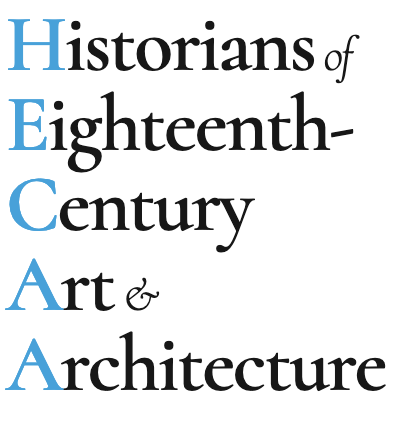

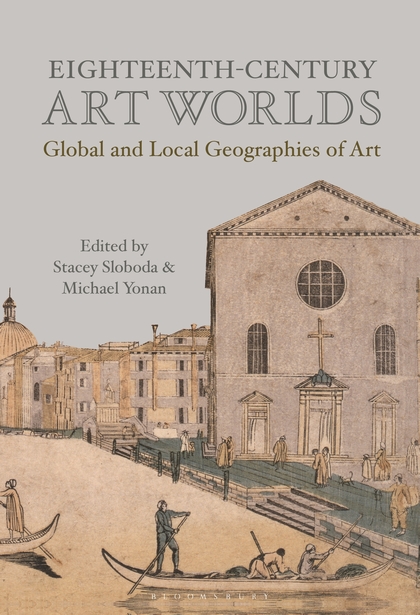

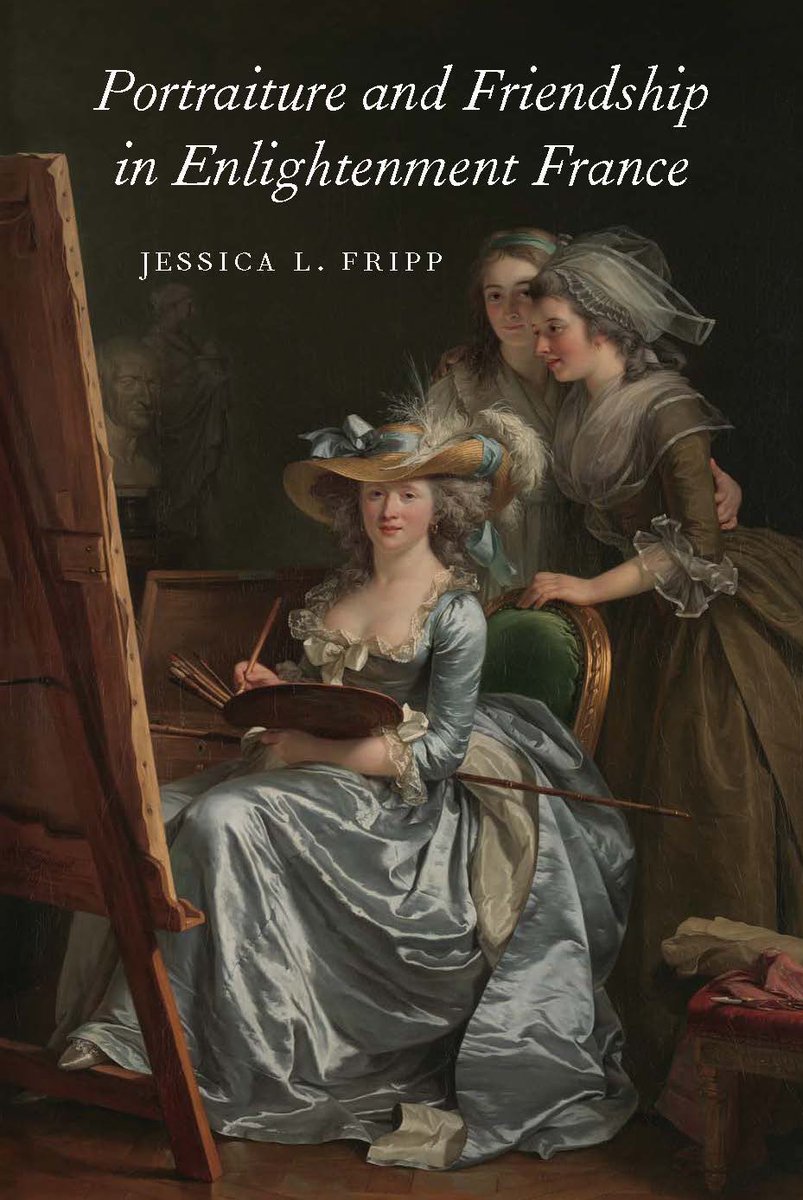















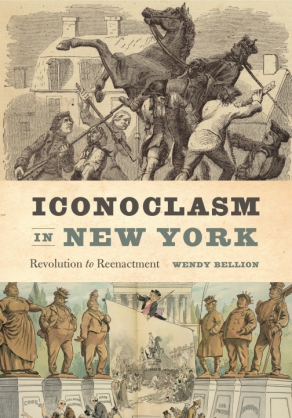



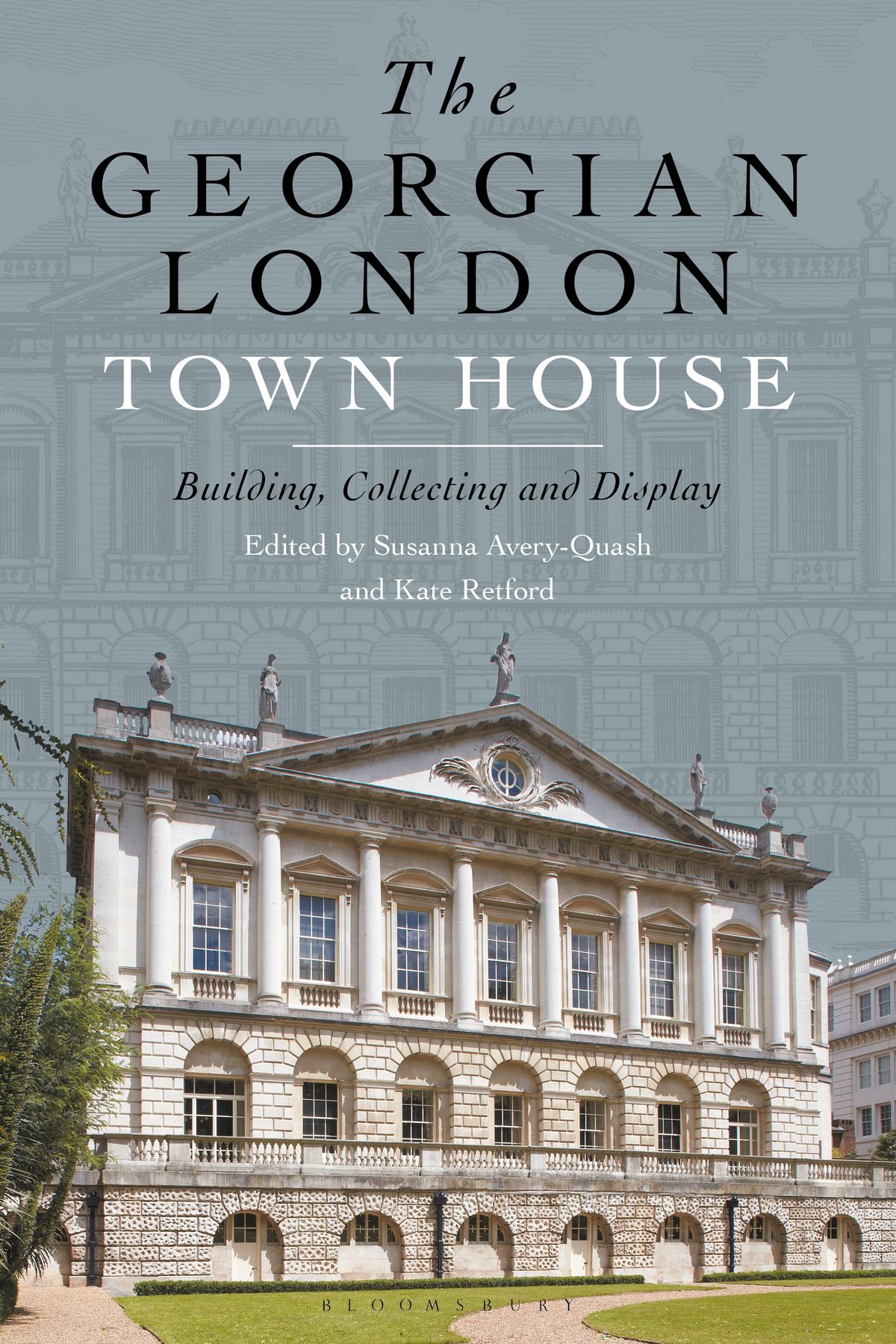


leave a comment